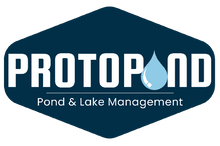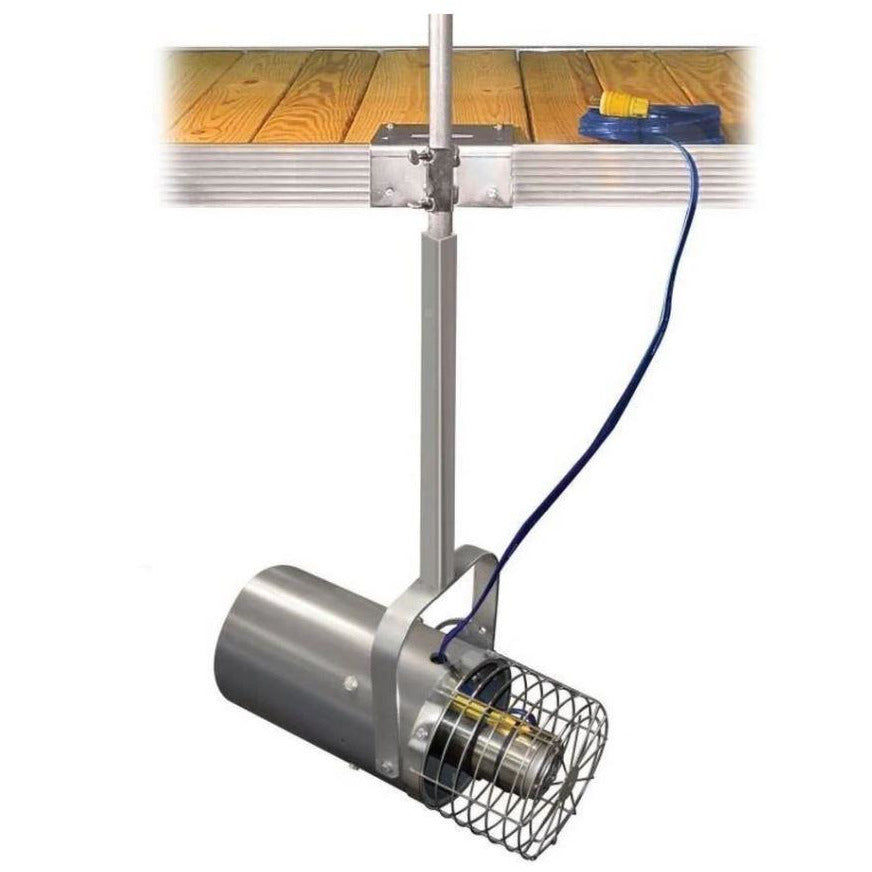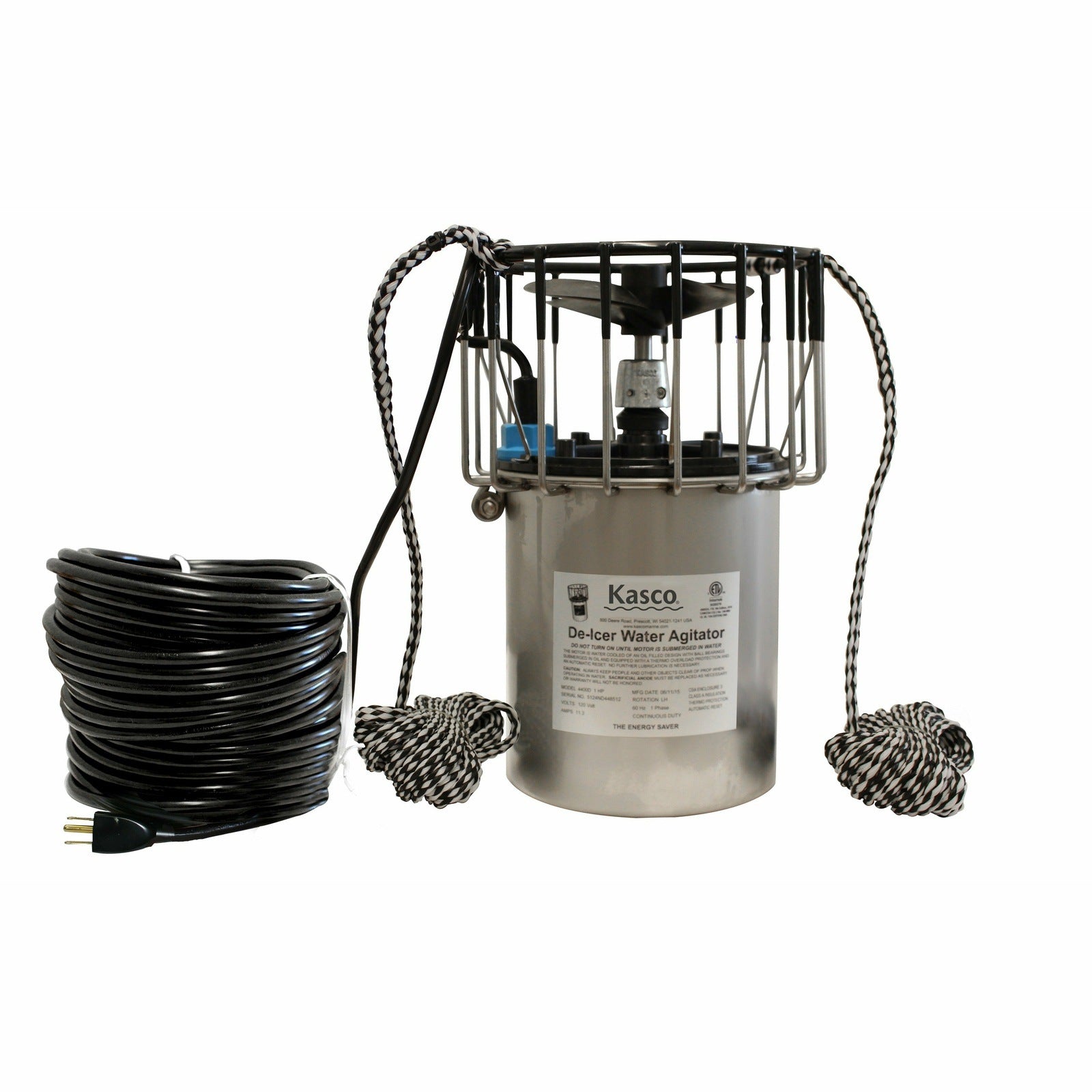Maintaining a fish pond can be a complicated task for beginners, especially during cold winters. When water freezes, it makes it hard for fish to get oxygen and move around. Heating and aerating the water with electricity can assist with this issue. However, this method may not be the most energy-efficient or environmentally friendly option.
Aeration is crucial for any pond, whether it contains fish or not. Proper oxygen levels support aquatic life, improve fish health, and attract wildlife to your pond. It also helps maintain a healthy pond ecosystem and deters mosquitoes.
If your pond is far from an energy source or doesn't have outlets, you can still aerate it without using electricity. This can also help you save energy.
Non electric aeration techniques are not as powerful as electric air pumps. However, they work well for small gardens. You can also use them as a backup for larger pond aeration systems.
Methods of Non-Electric Pond Aeration
Maintaining proper aeration in your pond without electricity is not only eco-friendly but also cost-effective. There are different ways to do this, such as using plants or making wind-powered devices and pumps by hand. Here’s a look at some of the most effective non-electric pond aeration methods.
Natural Pond Aerators
1-Utilizing Aquatic Plants for Oxygenation :
Aquatic plants are a simple and effective way to aerate your pond. Submerged plants like elodea and hornwort release oxygen directly into the water through photosynthesis.
Floating plants such as water lilies and water hyacinths have several benefits. They provide shade, regulate water temperature, and reduce algae growth. Additionally, they improve water quality by absorbing excess nutrients with their roots.
Read More: Best Oxygenating Pond Plants
2-Enhancing Water Circulation Naturally
Natural water circulation can significantly enhance pond aeration. Features like waterfalls and streams increase oxygen levels by agitating the water surface. Placing your pond in a spot with good wind and rain can help create movement in the water. This movement improves oxygen levels.
Mechanical Aeration Methods
1-DIY Wind-Powered Aerators
Wind-powered aerators harness wind energy to circulate water and increase oxygen levels. You can create an aeration system for your pond.
Use small windmills to power a pump. The pump pushes air through tubing to air stones at the bottom of the pond. This releases bubbles that help aerate the water.
2-Hand-Operated Paddlewheels and Water Pumps
Hand-operated devices are another effective mechanical solution. Hand-cranked paddlewheels or bicycle-powered pumps agitate the water, promoting oxygenation. These methods are ideal for small to medium-sized ponds and provide a manual but efficient way to maintain water quality.
Solar-Powered Pond Aeration Systems
Solar-powered aerators are an eco-friendly and cost-effective solution for pond aeration. They harness renewable solar energy, reducing electricity costs and environmental impact. These systems operate autonomously, providing continuous aeration even in remote locations without access to electricity.
How to Select and Install Solar Pond Aerators?
When selecting a solar-powered aerator, consider factors such as pond size, sunlight availability, and aeration requirements. To set up the solar panels, find a sunny location.
Connect the panels to the aerator. Finally, place the aerator in the pond. Proper installation ensures efficient operation and maximizes the benefits of solar power.
If you are considering purchasing solar or other types of aerators, you can check out pond aerators on sale to find a variety of options suitable for your pond size and needs.
DIY Solutions for Non-Electric Pond Aeration
Creating a DIY pond aerator can be a rewarding and cost-effective project. Start by gathering necessary materials, including a windmill kit or hand pump, tubing, and air stones. Assemble the windmill or pump according to instructions, connect the tubing to the aeration device, and place the air stones in the pond. Secure the windmill or pump to ensure stability.
Materials Needed and Construction Process
For a wind-powered aerator, you'll need:
- Windmill kit
- PVC tubing
- Air stones
- Anchors
For a hand-operated pump, you'll need:
- Hand pump
- Hoses
- Connectors
The construction process involves assembling the windmill or pump, attaching the tubing, and placing the air stones at the pond's bottom. Ensure all connections are tight and test the system to verify proper aeration.
By utilizing these natural, mechanical, and solar-powered methods, you can effectively maintain a healthy pond ecosystem without relying on electricity.
Comparing Effectiveness and Maintenance Requirements
Here’s a comparison table for the effectiveness and maintenance requirements of various non-electric pond aeration methods:
|
Aeration Method |
Effectiveness |
Maintenance Requirements |
|
Natural Aeration Techniques |
Best for small to medium ponds; depending on the density and type of plants. |
Requires regular pruning and occasional replanting; minimal equipment needed. |
|
DIY Wind-Powered Aerators |
Suitable for medium to large ponds; effectiveness depends on wind availability. |
Regular checks for mechanical wear and tear; periodic lubrication of moving parts. |
|
Hand-Operated Paddlewheels and Water Pumps |
Effective for small ponds or as supplementary aeration; depends on manual effort. |
Simple maintenance; ensure components are clean and functional. |
|
Solar-Powered Aeration Systems |
Highly effective for various pond sizes; dependent on sunlight availability. |
Solar panels need regular cleaning; occasional battery and component checks. |
Maintenance Tips for Non-Electric Aerators
Seasonal Care
- Spring and Summer: Regularly check and clean all aeration equipment. Ensure plants are healthy and not overcrowded. Adjust the positioning of wind and solar devices for optimal performance.
- Fall: Remove any fallen leaves and debris from the pond to prevent clogging. Check and prepare equipment for colder weather.
- Winter: For ponds in colder climates, ensure that aeration devices are protected from ice damage. Consider using floats to keep a hole in the ice for gas exchange.
Troubleshooting Tips
- Low Oxygen Levels: Check for clogs or obstructions in mechanical devices and ensure plants are not decaying.
- Device Malfunction: Regularly inspect and lubricate moving parts of mechanical aerators. For solar aerators, ensure that solar panels are clean and unobstructed.
Implementing non-electric aeration methods in your pond provides numerous advantages. These methods are cost-effective, eco-friendly, and sustainable, offering a practical alternative to traditional electric systems.
Embrace sustainable pond management practices and enjoy a vibrant pond that benefits both your property and the environment. For more information on non-electric aeration products, check out our solar-powered aeration systems. Feel free to get expert advice in case you cannot decide on your own.
FAQs
1-Why is pond aeration important?
Pond aeration is crucial for maintaining water quality and supporting aquatic life. Proper aeration ensures adequate oxygen levels, which help improve fish health, reduce algae growth, and support a balanced ecosystem.
2-What are the benefits of using non-electric aeration methods?
Non-electric aeration methods are eco-friendly, cost-effective, and sustainable. They reduce energy consumption, lower maintenance costs, and contribute to environmental conservation. These methods are ideal for remote locations without access to electricity.
3-How to increase oxygen in water naturally?
Aquatic plants like elodea and hornwort release oxygen directly into the water through photosynthesis. Floating plants such as water lilies and water hyacinths provide shade, regulate water temperature, and absorb excess nutrients, improving overall water quality.
4-What are some mechanical solutions for non-electric pond aeration?
Mechanical solutions include DIY wind-powered aerators and hand-operated devices like paddlewheels and water pumps. These systems use wind or manual effort to circulate water and increase oxygen levels.
5-Can you aerate a pond without electricity?
Yes, You sure can and solar powered aerators are a great option for you to consider. Solar-powered Pond aerators harness solar energy to power an aeration system. Solar panels collect sunlight and convert it into electricity, which runs the aerator. These systems are eco-friendly, cost-effective, and suitable for various pond sizes.
To further enhance your pond’s health and performance, consider choosing from Protopond pond aerator systems on sale—a trusted solution for natural oxygenation and water circulation. For harsh winters, dock bubblers for ice prevention and durable dock de-icers help keep open water areas safe and functional. Expanding your system? Protopond reliable pond water pumps and submersible pumps designed for ponds are energy-efficient choices.













